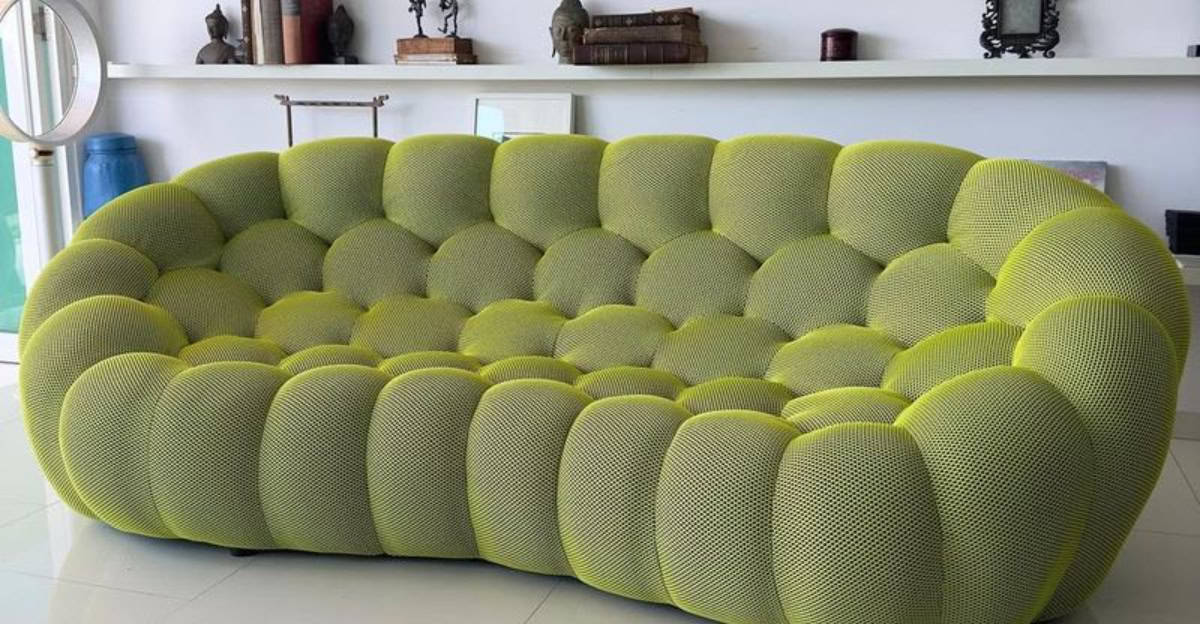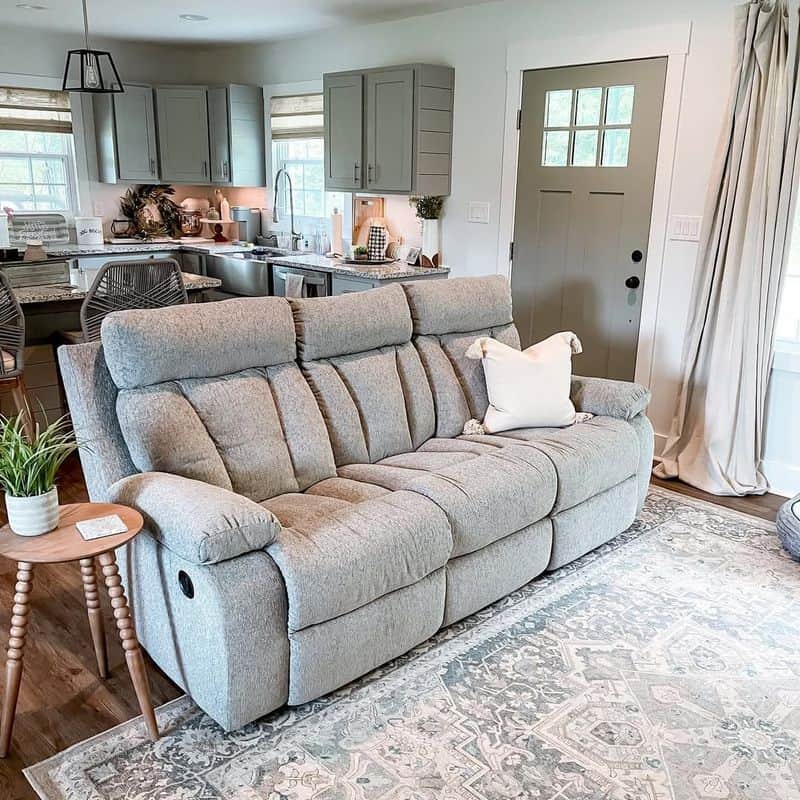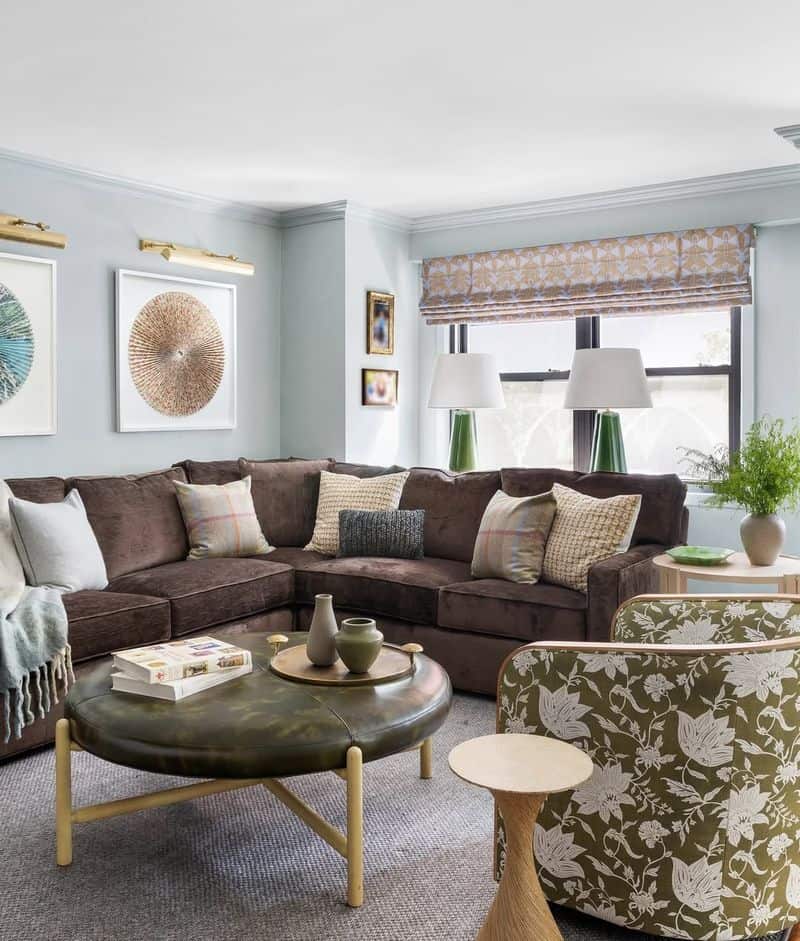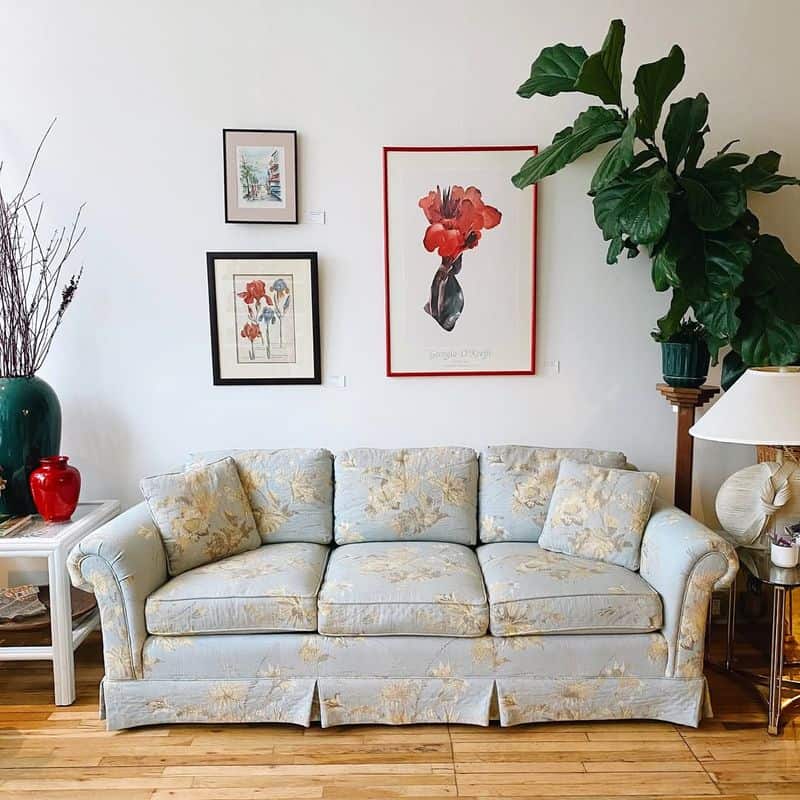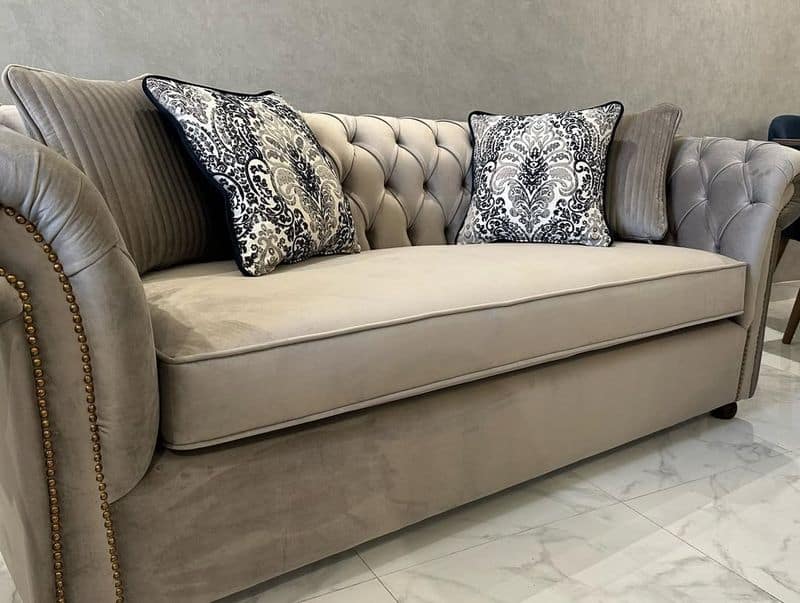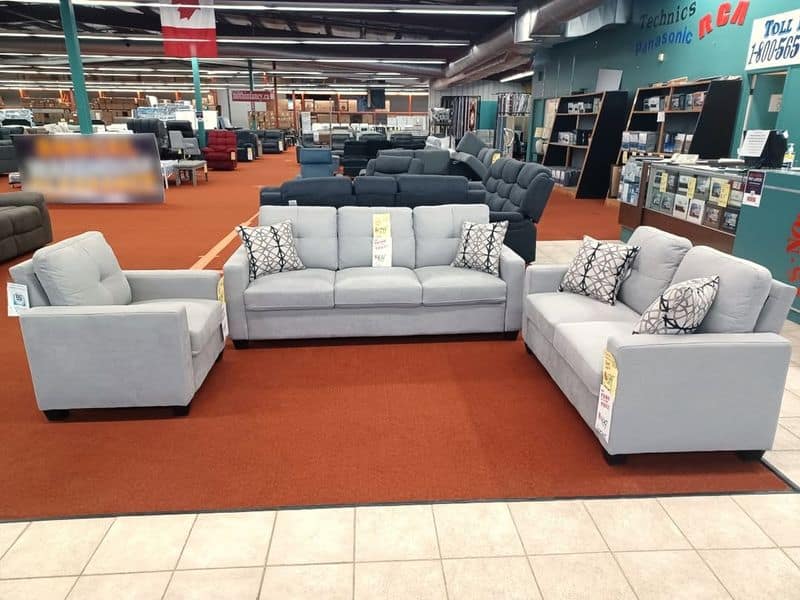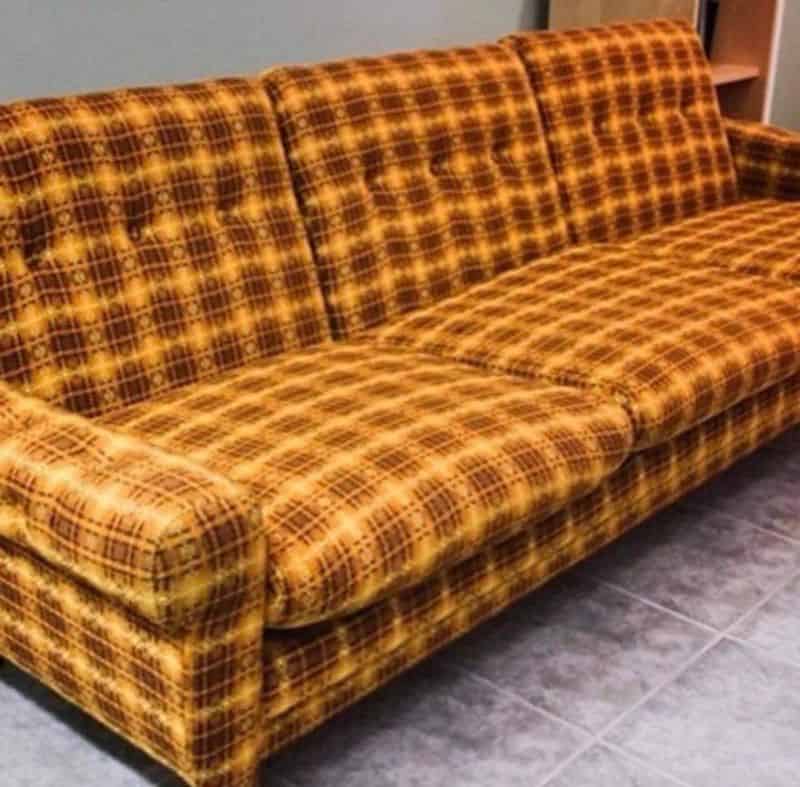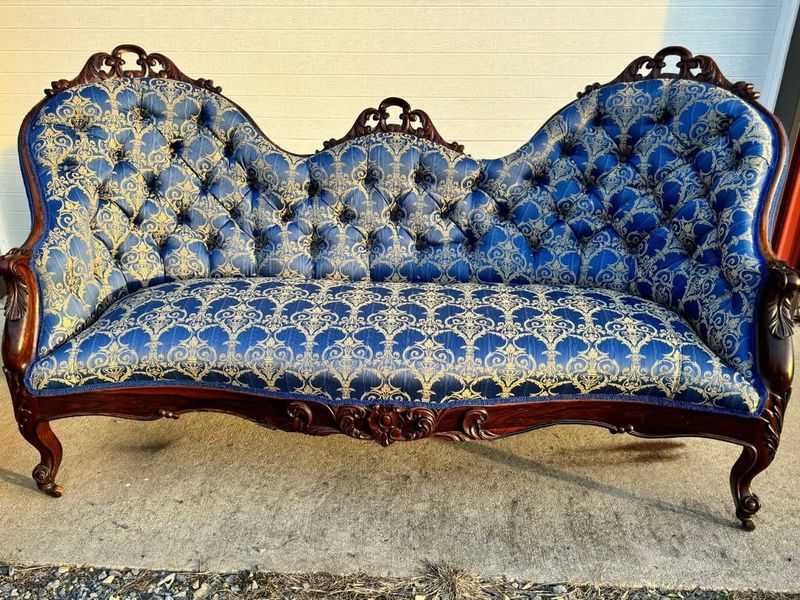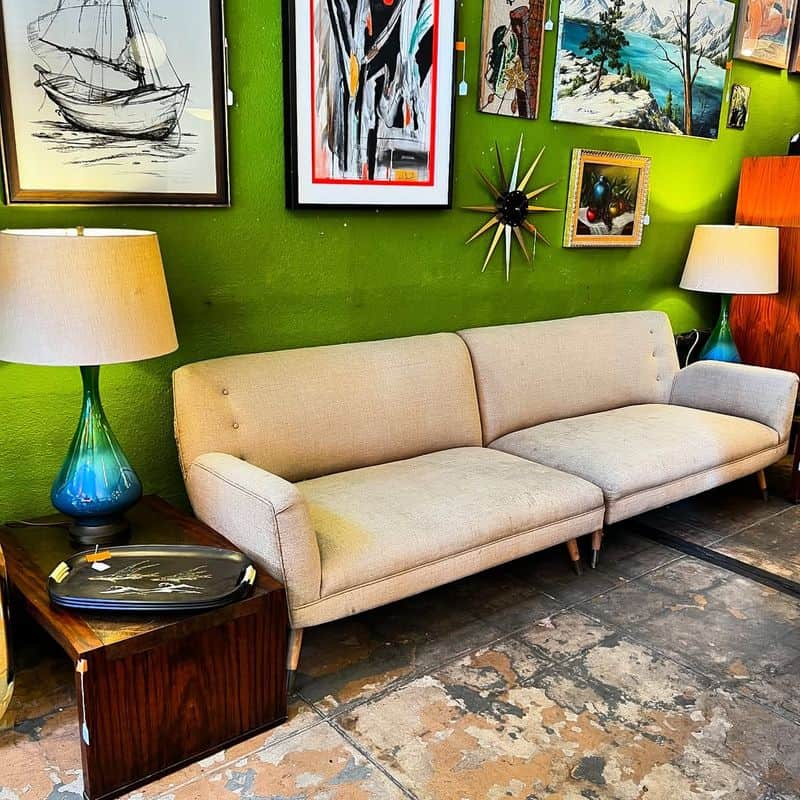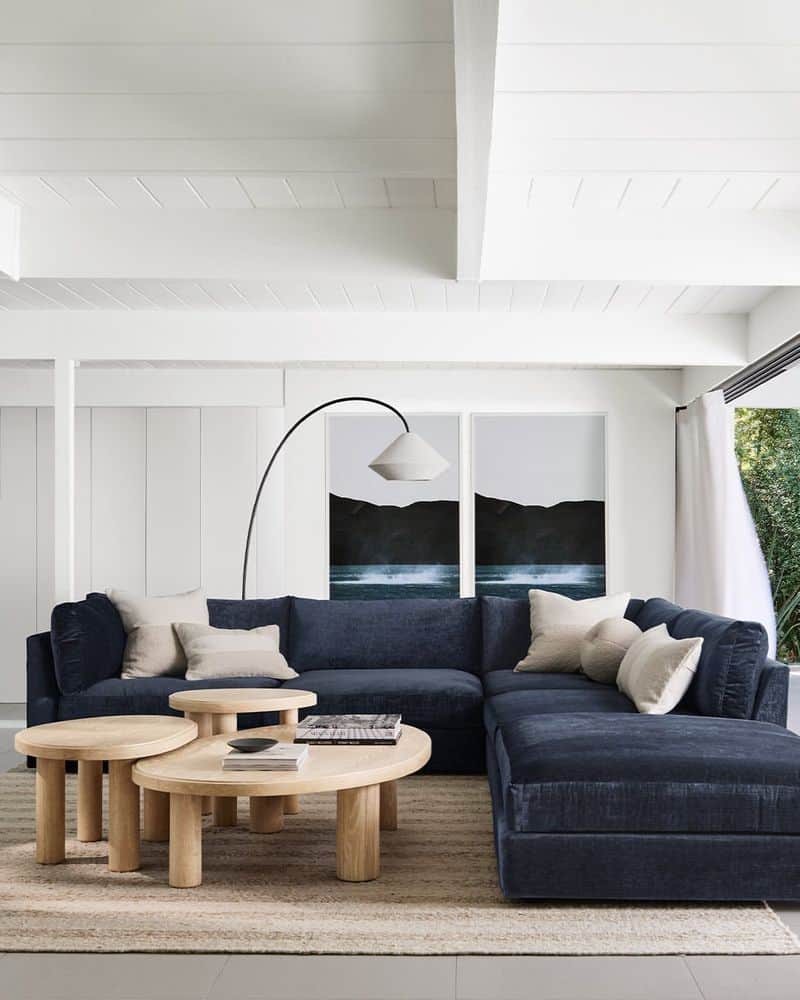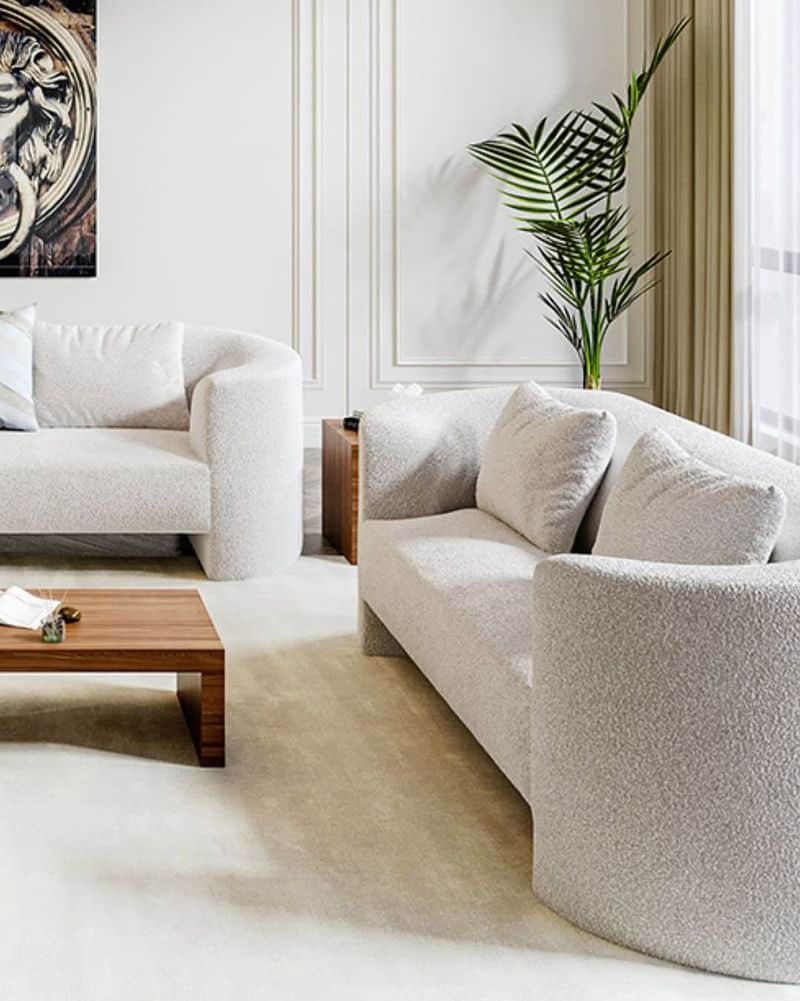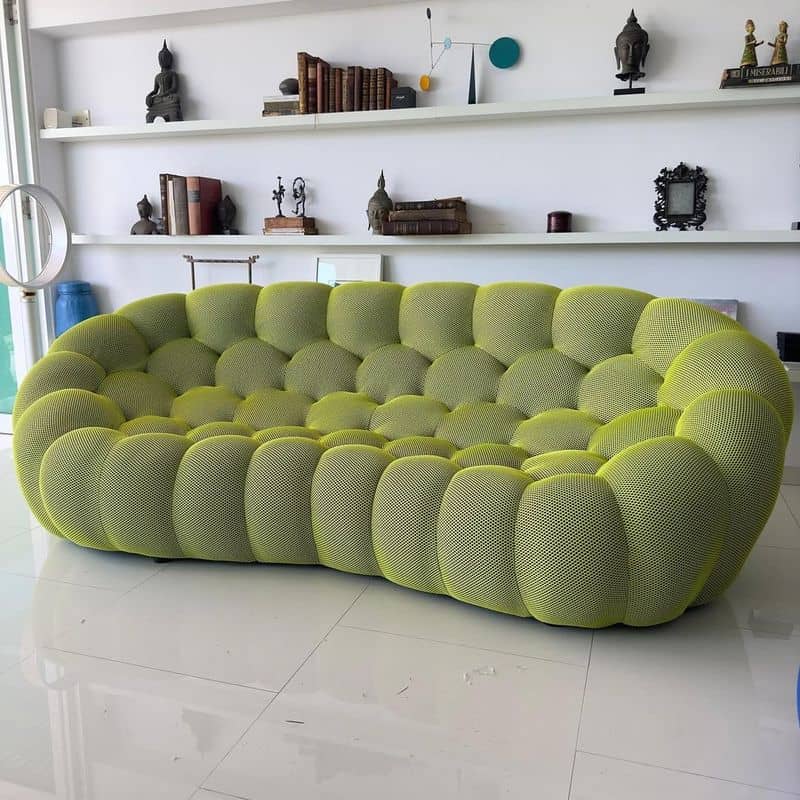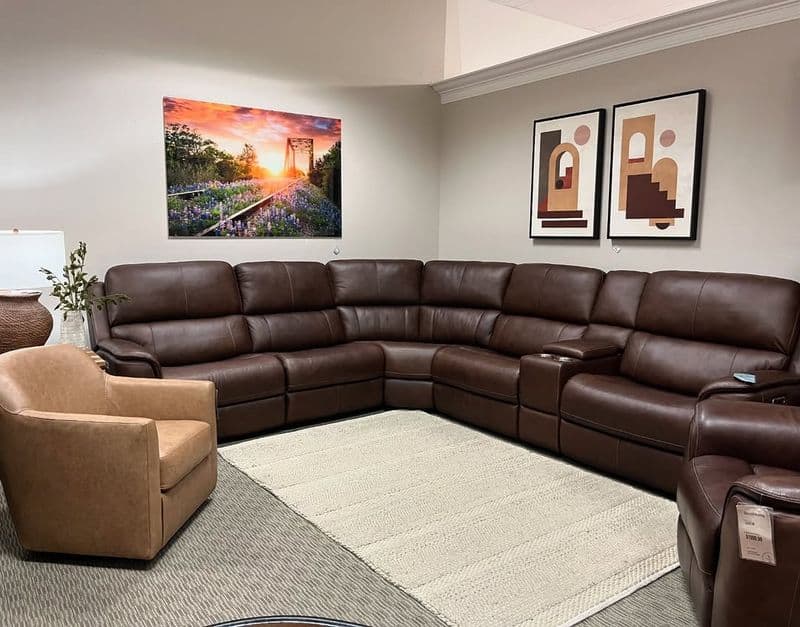The past was a time of bold statements in interior design, and while some trends have made a nostalgic comeback, others are best left there.
Join us on a journey as we explore 12 couch styles that should have stayed in the disco era.
1. Old Recliners
Ah, the old recliner! A staple of living rooms, these bulky chairs were built for comfort, not style.
With their oversized armrests, faded leather, and clunky mechanisms, they looked more like medieval thrones than modern furniture.
Perfect for a disco nap or watching a classic game show, they were far from sleek. Today, these relics are best suited for a museum, not a living room.
If you still have one, consider upgrading to a more streamlined design that doesn’t scream “I haven’t left the house since 1978!”
2. Brown and Beige Sofas
Brown and beige sofas were the epitome of neutrality in the 90s. However, their dull appearance often blended too well with shag carpets and wood paneling.
These sofas carried a vibe of “nothing exciting happens here,” making them less than ideal for today’s lively interiors.
If you’re clinging to this color palette, consider adding some vibrant throw pillows or a colorful rug to jazz things up. A splash of color can make all the difference in transforming your space from drab to fab.
3. Floral Prints
Floral prints dominated the interior decor world, bringing the garden indoors with bold, oversized patterns.
While they aimed to capture natural beauty, these couches often ended up looking more like a florist’s nightmare.
The flowers were so big that sitting on them felt like being engulfed by a petal monster.
If you’re still holding onto floral patterns, choose subtle prints that don’t shout their presence. Smaller, more understated designs can add elegance without overwhelming your space.
4. Chesterfield Sofas
Chesterfield sofas, with their tufted leather and deep seats, were a symbol of sophistication. Though undeniably classy, they also exuded an air of stuffiness.
Often found in dimly lit studies, sitting on one felt like a commitment to never slouching.
If you’re inclined towards this style, consider modern versions with lighter fabrics and slimmer profiles. They can offer the same elegance without the heavy, overbearing presence.
5. Identical Sets
The 2000s loved a matching set, with sofas, loveseats, and chairs all sporting identical patterns. This approach guaranteed cohesion but often made rooms feel monotonous and lacking in personality.
While matching sets ensured nothing clashed, they also erased any room for creativity.
To modernize your space, try mixing patterns and textures for a more dynamic look. A little contrast can breathe life into your living area without sacrificing harmony.
6. Outdated Patterns
Patterns, like psychedelic swirls and bold geometrics, were the darlings of couch design. These eye-catching designs often felt more like optical illusions than comfortable seating.
While they added a touch of funk to any room, the visual chaos could be overwhelming.
For a more contemporary twist, select patterns that complement rather than dominate your decor. Soft, neutral designs can provide the same retro flair without overpowering your senses.
7. Ornate Couches
Ornate couches, with their elaborate carvings and plush fabrics, were the answer to luxury. However, they often toed the line between extravagant and garish.
These pieces could easily overwhelm a room, making them less than versatile for modern spaces.
For a touch of elegance without the excess, opt for simpler designs with clean lines and minimalist detailing. Your room will thank you for the breath of fresh air.
8. Mid-Century Modern
Mid-century modern took the 60s and 70s by storm, with its sleek lines and understated elegance. However, the style’s overuse led to a lack of individuality, making every living room look like a catalog.
While it’s still popular, too much mid-century can appear generic.
To keep things fresh, blend modern elements with vintage pieces to create a unique aesthetic. A modern lamp or rug can reinvent your space without losing that timeless charm.
9. Low-Back Sofas
Low-back sofas prioritized form over function, providing sleek silhouettes at the expense of comfort. While they looked great in minimalist setups, they left much to be desired when it came to support.
Spending an evening on one often resulted in backaches rather than relaxation.
If you’re drawn to low-profile designs, ensure they’re paired with plush cushions for added comfort. A little padding goes a long way in making a stylish yet cozy seating area.
10. White Bouclé Couches
White bouclé couches, with their textured surfaces, screamed sophistication but were a maintenance nightmare.
Their pristine color showed every speck of dirt, making them impractical for daily use.
While they exuded luxury, keeping them spotless was a Herculean task.
For a similar chic vibe, choose darker shades or pattern variations that hide blemishes better. You’ll enjoy the classy look without the constant worry of keeping it immaculate.
11. Bubble Sofas
Bubble sofas, with their rounded shapes and overstuffed cushions, were designed for ultimate relaxation. However, these cartoonish creations often looked more like inflatables than furniture.
While they promised comfort, their whimsical design made them impractical for sophisticated settings.
If you’re nostalgic for their coziness, opt for modern versions with refined shapes and muted colors. They offer the same comfort without the playground vibes.
12. Certain Leather Sofas
Leather sofas ranged from luxurious to lackluster. Certain styles, particularly those with cracking surfaces and clunky frames, have lost their charm over time.
While leather can be timeless, these outdated versions often looked more worn-out than chic.
For a contemporary take, invest in high-quality leather with sleek designs. The rich texture and durability will add elegance without feeling old-fashioned.

